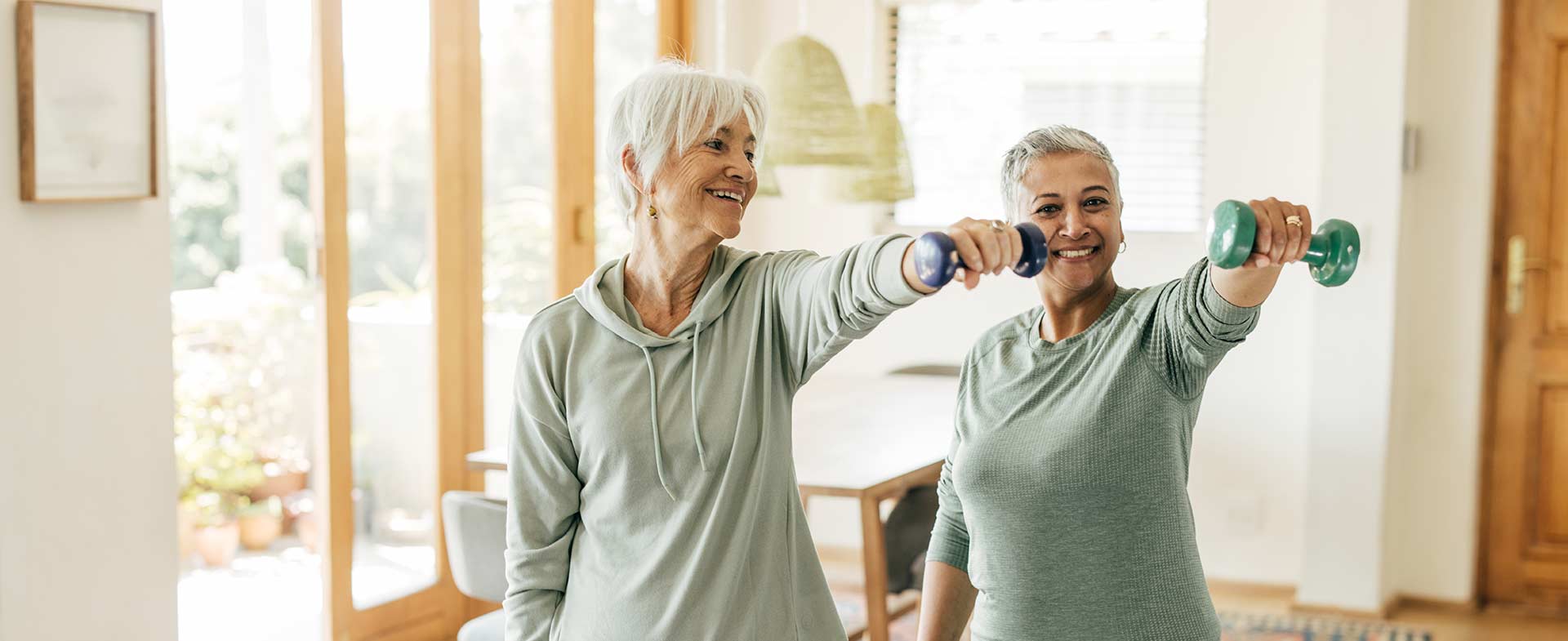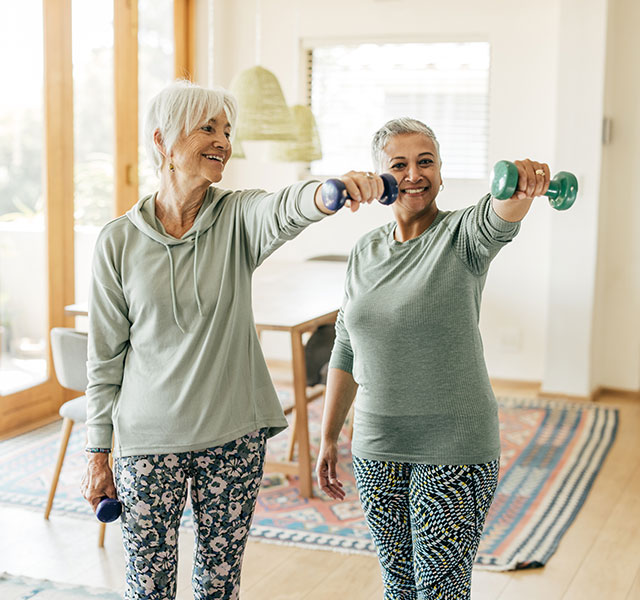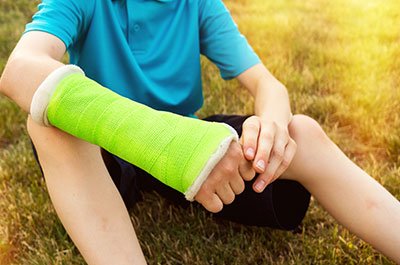Osteoporosis is a silent disease. The condition, which causes weak bones, usually causes no symptoms—until you break a bone.
“Osteoporosis can put you at risk of serious fractures and complications of the disease may shorten your lifespan,” says Eli B. Eisman, D.O., Ph.D., a family medicine physician at Henry Ford Medical Center – Detroit Northwest. But there are some things you can do to help protect yourself, he adds. “Screening allows us to identify people at risk and implement preventive strategies to keep them safe.”
The U.S. Preventive Services Task Force (USPSTF) recently updated its recommendations about who should get screened for osteoporosis. Here’s what you should know.
What Is Osteoporosis?
Osteoporosis is a disease that causes low bone density, making bones weak and brittle. People with osteoporosis have a greater risk of fractures, including major fractures in the bones of the hip, spine and thigh. In older adults, such major fractures significantly increase the risk of disability and death.
It’s a common disease, affecting 10 million people in the U.S. Another 44 million have reduced bone density that increases the risk of developing osteoporosis. Osteoporosis can affect men and women, but older women have the greatest risk. After menopause, a woman’s estrogen levels drop significantly, speeding up bone loss.
“Osteoporosis is a widespread disease. And as our population continues to age, and people live longer, healthier lives, we can expect the incidence to rise,” Dr. Eisman says. But bone density scans can help identify those at risk.
Osteoporosis Screening Guidelines
In 2025, the USPSTF updated osteoporosis screening recommendations based on the latest scientific evidence. The guidelines recommend bone density scanning for two groups of people:
- Women 65 and older: More than 1 in 4 women over age 65 in the U.S. have osteoporosis. The guidelines encourage females to be screened for osteoporosis after age 65.
- Postmenopausal women under 65: The updated guidelines also recommend screening for females under 65 who have gone through menopause and who have at least one risk factor for osteoporosis. Those risk factors include:
- Low body weight (under 125 pounds)
- Personal history of fractures or a parent with a history of hip fracture
- Cigarette smoking
- Heavy alcohol use
- Taking insulin or long-term use of steroid medications
- Chronic diseases including liver disease, kidney disease and autoimmune disorders
“If you’re postmenopausal and have one or more risk factors, it’s a good idea to talk to your doctor about clinical screening for osteoporosis. Screening starts with taking a thorough history and using a validated risk assessment tool,” Dr. Eisman says.
The USPSTF also reviewed the evidence on osteoporosis screening for males. At this time, the guidelines concluded, there isn’t enough evidence to support routine osteoporosis screening in men.
Measuring Bone Mineral Density With DXA Scans

Subscribe To Our Newsletter
The updated recommendations are similar to those issued by the USPSTF in the past. One important difference is that in 2025, the expert task force emphasized osteoporosis screening with a test known as dual-energy X-ray absorptiometry (DXA).
“The DXA scan is a special kind of X-ray to measure the strength of your bones,” Dr. Eisman says. The scan uses low doses of radiation to measure bone density by determining how much calcium is present in your bones. It’s a relatively safe test, he adds, using less radiation than standard dental X-rays.
Based on your DXA score, your doctor will determine whether you have osteoporosis or low bone density, also called osteopenia. If you do, they may recommend treatments including medications to strengthen bones and lower the risk of fractures.
Building Strong Bones
Whether or not you have low bone density, it’s important to protect your bone health. These three steps are key for protecting your bones as you age, Dr. Eisman says.
- Exercise: Everyone should aim for 150 minutes of moderate-intensity exercise each week. To boost bone health, that should include weight-bearing exercises such as hiking, dancing or aerobics. (Non-impact activities like swimming and indoor cycling don’t help strengthen bones.) Strength training a few days a week can also help keep bones strong.
- Vitamins and minerals: Calcium is the building block of strong bones, and vitamin D helps your body absorb calcium. Dr. Eisman recommends postmenopausal women should aim for 1000-1200 mg of calcium daily, along with 400-1000 IU of vitamin D. Talk to your doctor about whether you’re getting enough from dietary sources, or if you should consider taking supplements, he adds. “There may also be a role for other elements such as magnesium and trace minerals that are essential for bone health,” he says.
- Lifestyle changes: Quitting smoking, reducing alcohol consumption and eating better can all help keep your skeleton strong and healthy.
Fractures can significantly impact daily life and overall health. Simple screening can identify people at risk and help you make informed choices to increase your chances of being involved in activities important to you.
Reviewed by Eli B. Eisman, D.O., Ph.D., a primary care doctor board-certified in family medicine, who practices at Henry Ford Medical Center – Detroit Northwest.



